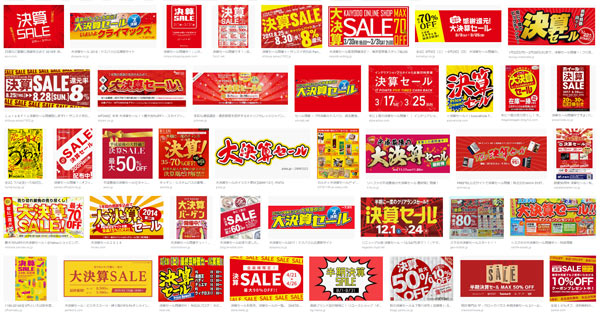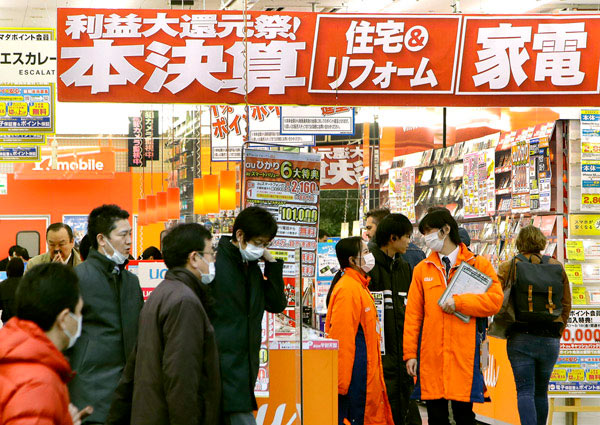Before I get into the details of one particular sale period in Japan, I would express my views on running sales in General.
Price discounts in the form of a “sale”, is a strategy that should be used sparingly and cautiously. Sales should never be run, for the sake of running a sale. The mentality of, “I have a mailing list, so I’d better send subscribers regular discounts”, is a dangerous one. Although the purpose of the discount may be obvious to you (eg. slow stock turnover), if the reason for the sale is not clear to customers, it can cheapen the brand image, and even worse, annoy customers who recently bought at full price.
If you bought a new TV in November, you wouldn’t be surprised to see it cheaper in Black Friday or New Year sales. This customer awareness and expectation of future discounts gives control back to them. They can buy now at a higher price, or wait for the discount. Haphazardly throwing out sales promotions will only benefit new customers to your brand. It will confuse, alienate, or delay purchasing decisions of current customers who cannot predict when the next discount will come.
Common sales periods would include the aformentioned New Year and Black Friday sales, Cyber Monday, or the newer Amazon specific sales, such as Prime day. Although many of these sales periods common in the West, align with Japan, there is a particular sale that Japan embraces more than any other country I know – the EOFY sale
“End of Financial Year” Sale

Online EOFY Sale ad banners. The red and yellow colour scheme is indicative of this sale type.
The end of the financial year in Japan is typically the end of March. This can be seen all over Japan, with holes being dug up in perfectly decent roads, in order for local governments to use up their funds and secure their budgets for the following financial year! It is also the time for many companies to make their sub 300,000 yen*1 purchases in order to offset profits. If you are in the office space, this is the best season for you!
At the risk of going off on a tangent, the beginning of April is traditionally when university graduates (“freshers”) join their new companies on mass, and the start of the new school year for students. This compounds the March buying season.
The EOFY sales in Japan are commonly called either “年度末セール” (“end of financial year sale”), or more commonly “決算セール” (“settlement of accounts sale”). Although an organization can choose when their financial year ends, most large companies in Japan will close out the year in March, as to align themselves with their main suppliers or customers.

EOFY sales are dominated by the large electronics stores in Japan. If you sell in the electronics space, take note!
Irrespective of when your company’s financial year runs to, if you want to run a sale, an EOFY sale at the end of March is a great time to do it. Even though my Japanese company’s financial year does not end in March*2, for the last few days, we have been heavily promoting our own EOFY sale. This has led to a significant increase in the volume of orders to our own e-com site. Aside from the revenue boost we get, there is nothing better than having lots of nice new customers, to make our next sale even bigger and better! Rinse and repeat.
*1 Purchases under 300,000 yen (roughly $3000), allow for the total cost to offset profits at the time of purchase. Over 300,000 yen, the cost is amortized over a period of time, reducing your “(tax)bang for you (expenses)buck”.
*2 With most large firms requiring their accounts to be finalized and financial statements to be prepared, accountants are overworked and stressed out from February to April. For this reason, I chose the end of April to finalize my own Japanese company accounts. This allows me to get better financial advice from less suicidal accountants.






